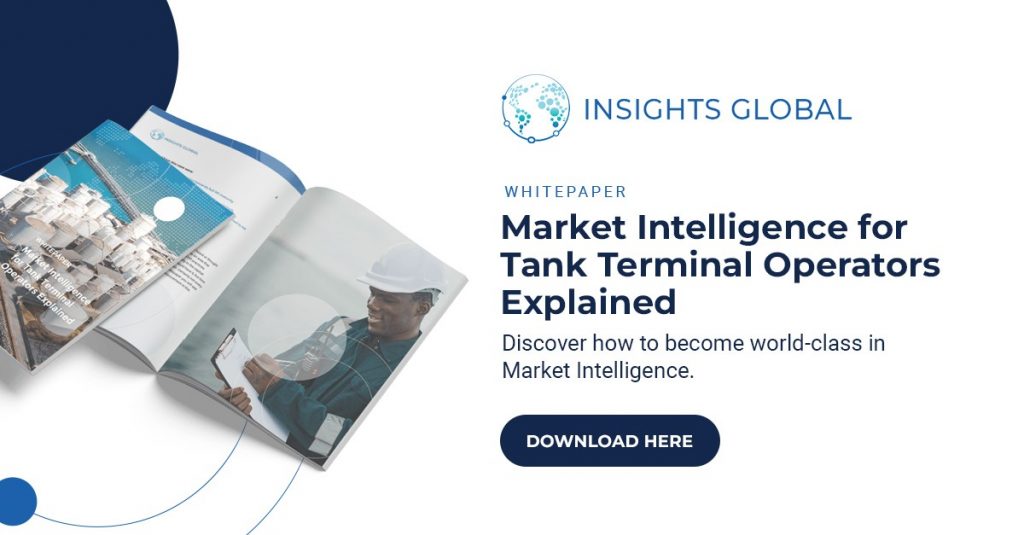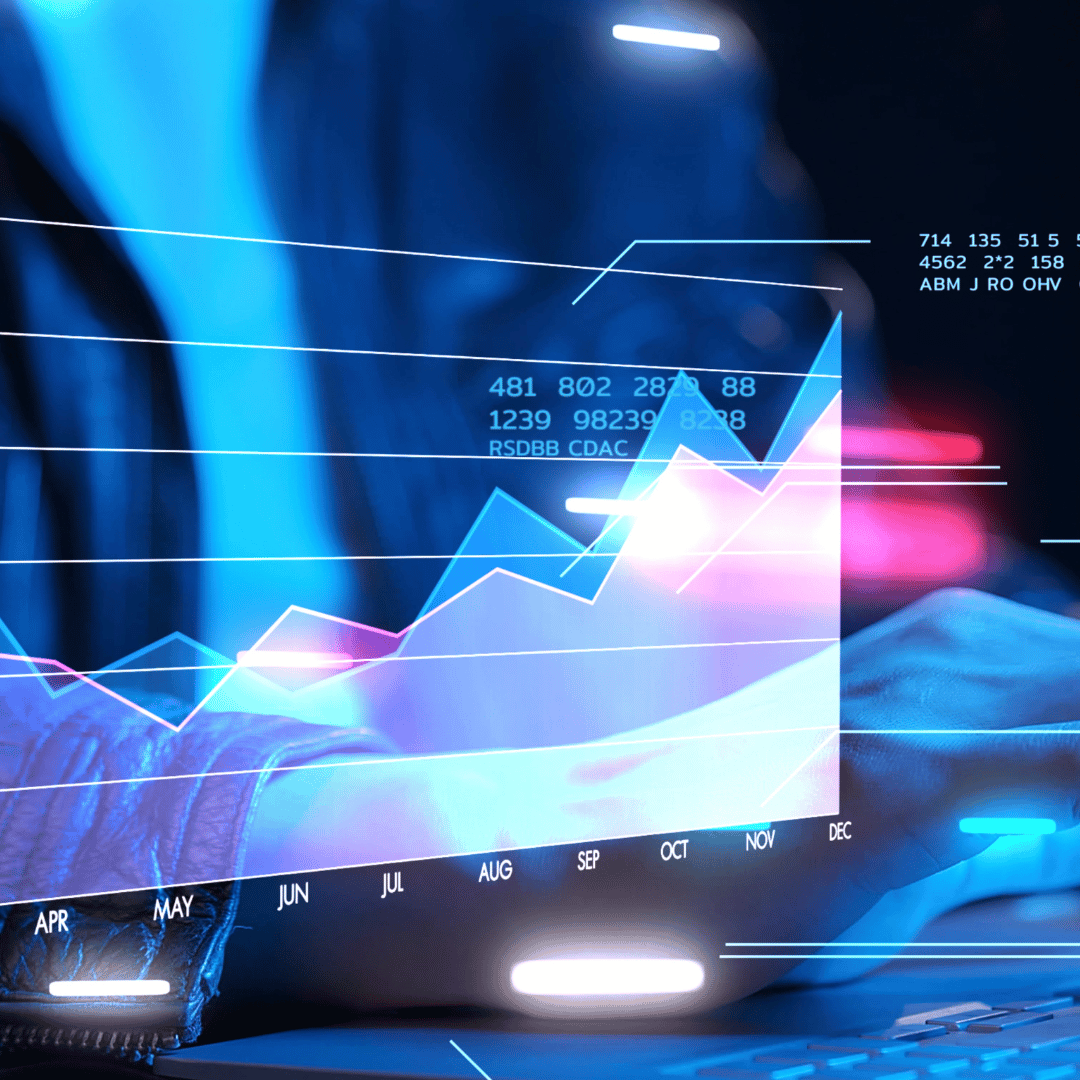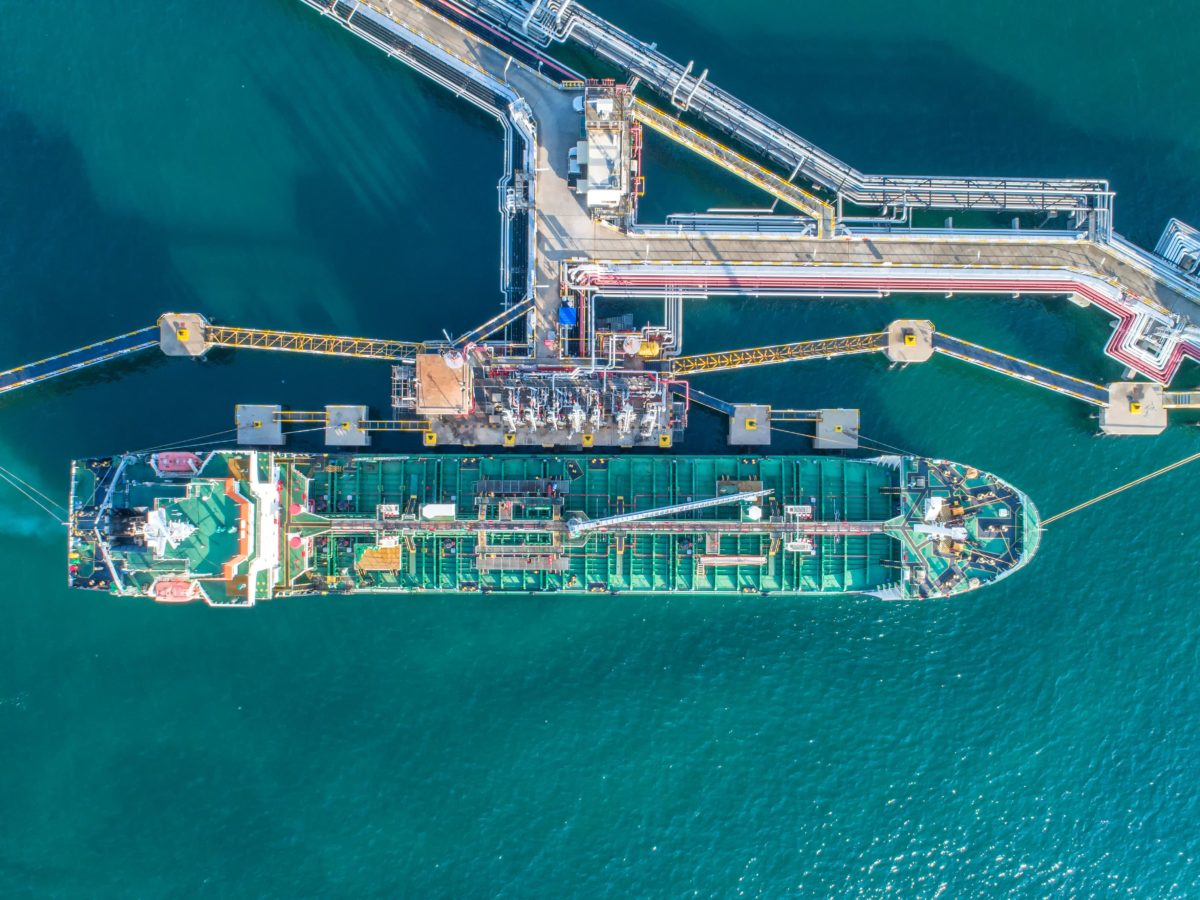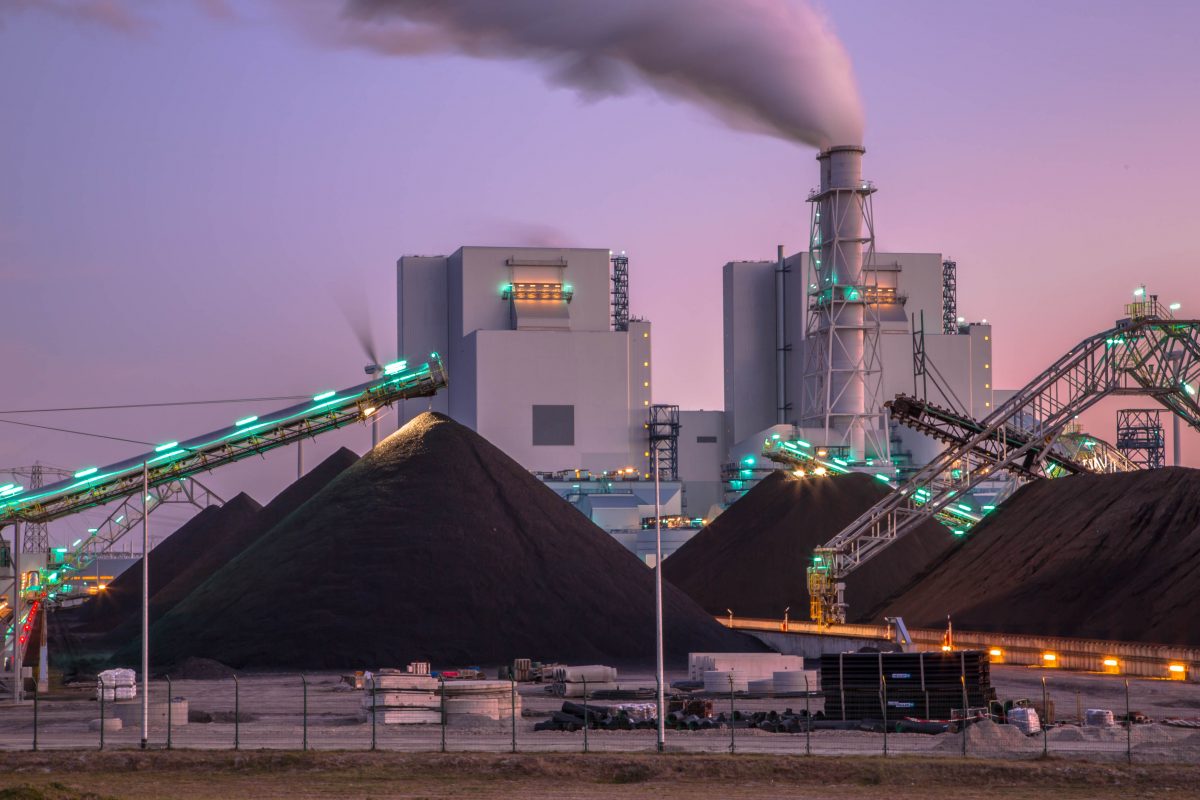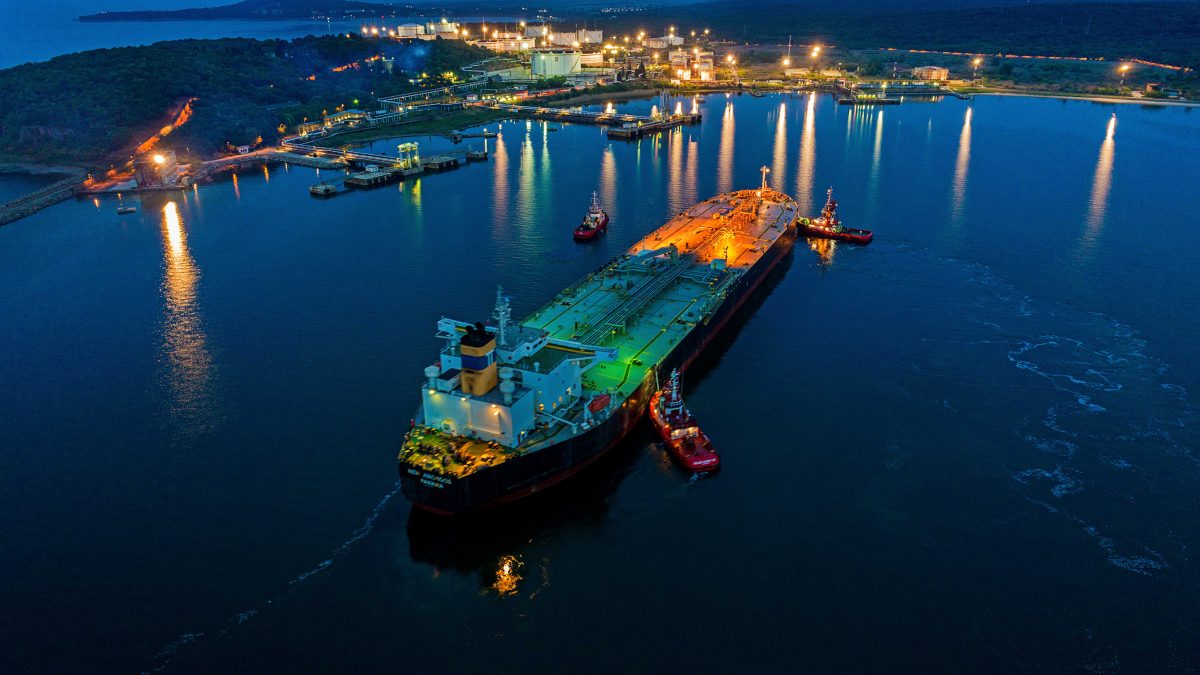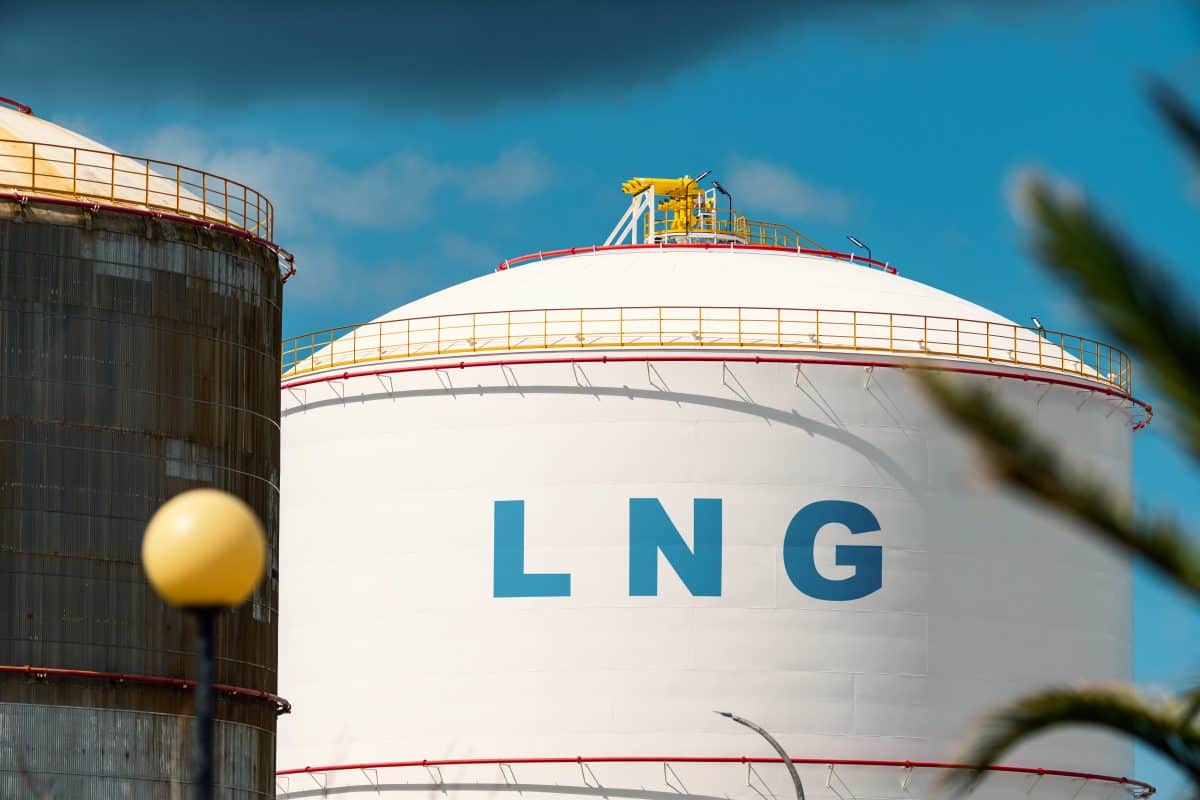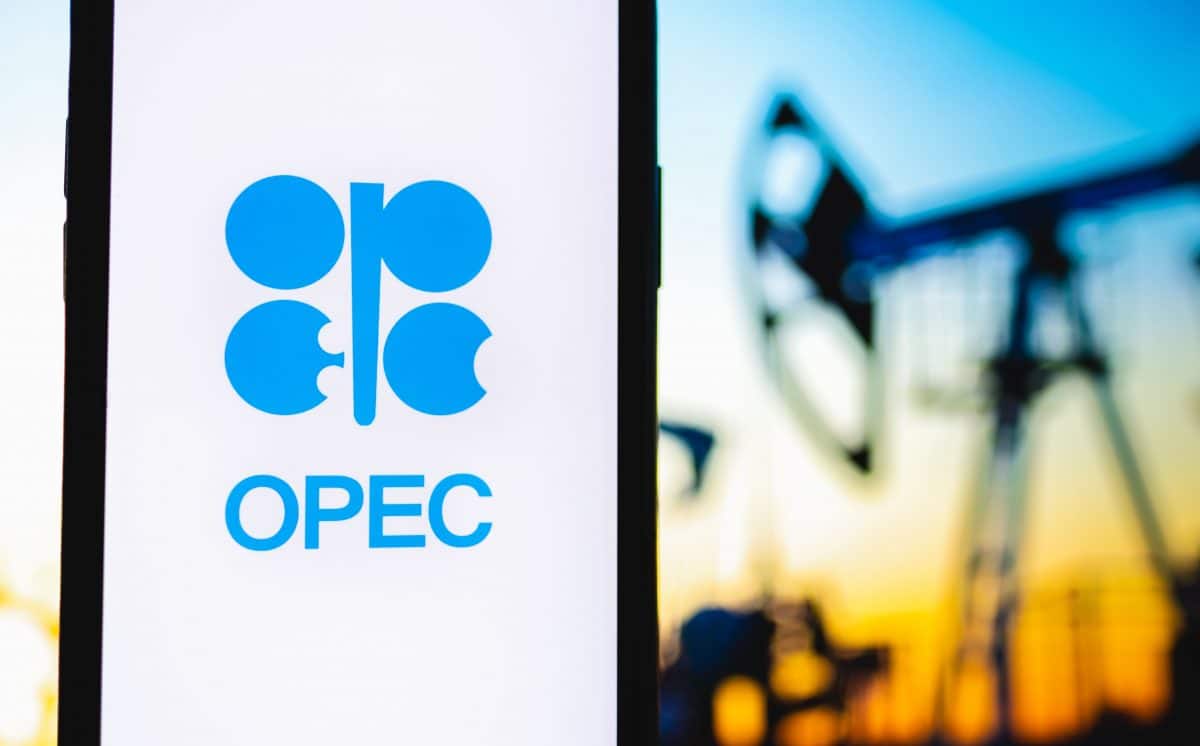What is the key factor, the bottom-line that determines the success of a terminal operator? Of course it is the percentage of tanks that are rented out over a given period of time and the fee or rate that these tanks generate. The people realizing this bottom-line day in day out are your sales and account managers. What can Market Intelligence do to help them reach their targets? And what can Market Intelligence do to secure future growth?
Market Intelligence helps establish three pillars of your success, by:
1: Continuously investigating market trends and price movements
2: Investigating what mix of customer sizes and their desires and what mix of liquid bulk products will make the terminal operation run most smoothly over time
3: Via competitive intelligence giving each sales and account manager the right information at his or her fingertips when entering price negotiations
The first pillar lays the groundwork for all strategic decision making. It will guide your commercial team to where growth and value can be found. The second means that a company will not let sales managers just blindly hunt for any customer. It will guide them towards the right deals that will strengthen the terminal’s position and competitiveness and at the same time will guard against having a portfolio of clients that does not match with logistical capabilities and constraints. For instance part of the terminal can be reserved for customers who need strategic storage, like governments. The staff responsible for Market Intelligence can make calculations and show exactly why it could be beneficial to reserve a given percentage of the terminal for such a customer who pays a somewhat lower price but signs a long term contract and does not require a lot of throughput capacity.
Price negotiations
The third pillar with which Market Intelligence helps sales and account management is literally hands-on as a staff department giving the sales or account manager all key numbers, prices, competitor intelligence and other metrics needed to negotiate good contracts. A sales manager can only make good deals when they have superior market and customer information at their fingertips. A customer will notice when their negotiating partner is well informed and be more likely to accept an offer.
Logistics
When making such optimal sales strategy plans, a big consideration is the effective use of terminal installations like jetty’s and pipelines. It makes no sense to do a lot of sales for a certain product in certain volumes only then to note that logistically it’s impossible to service these customers without long and expensive waiting times. On the other hand with proper market intelligence it becomes possible to even plan investments in new installations when for instance it is known that a new customer, or a new product, will very likely grow strongly in the years to come.
Avoid chaos
Market Intelligence can “design” an optimal mix of good (i.e. growing) customers where you have enough diversity to respond to short term demand fluctuations, but still create a stable business with a hub function for certain preferred liquid bulk products and a number of larger dedicated customers. In this way day to day chaos at the jetties, caused by a multitude of hyper-active customers, can be avoided. And the customer benefits too from this smart planning since they hate to pay demurrage. Market Intelligence is there to make sure that everything in the terminal operation happens in the smartest way possible with the largest economies of scale!
Counter-intuitive
Sometimes good market intelligence can help a business spot counter-intuitive opportunities. For instance when globally investments in oil facilities go down, at the terminal level the effect might be contrary. Decreasing funding may lead to the phasing out of local refineries which in turn increases global shipping of refined products. So less investment in fossil fuels can in certain cases lead to increased demand for tank capacity. Without good Market Intelligence it is practically impossible to instruct sales and account management to look into such changing opportunities.
Competitive edge
To conclude we can say that, starting from current awareness, through strategy and business development, it is crucial that Market Intelligence extends deeply into the sales and account management. Only then the benefits of all the labor in the prior stages can be reaped. Only in this way a terminal operator will get the competitive edge over the competition, that will lead to sustained excellence, growth and profitability.
Whitepaper: Market Intelligence for Tank Terminal Operators Explained
